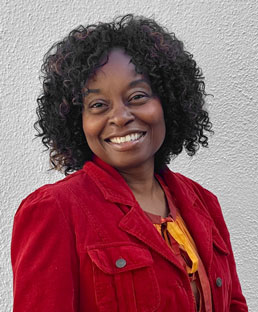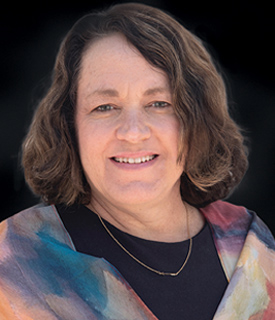Either in a movie or TV show, you’ve probably seen people sitting in a circle, holding styrofoam cups with coffee, and a moderator asking, “so Jim, how about you? What do you think about what Kathy said?” For many of us, this is our knowledge or group therapy. Though there are groups that are structured like this, there are also a lot of groups that are not.
Purpose of Group
One of the main benefits of group therapy is that there are other individuals that can empathize, understand, normalize, and support you. This is one of the main purposes of group therapy. Depending on the specific task or objective of the group, the structure can vary:
- Support Groups: These groups are often primarily for support. They may or may not be led by a professional. Regular people can get together to form a support group. Common reasons for creating a support group are to help with grief or loss, divorce adjustment, or chronic illness.
- Educational Groups: This group is often led by some kind of professional or expert of the topic. The intention is to educate regarding a specific topic. For example, a counselor might lead a parenting group to teach basic care of infants to teen moms. The structure of this group might have more activities, instructing from the lead moderator, and may have specific topics covered each weak.
- Therapy Groups: Therapy groups are led by a mental health professional. Psychotherapy modalities and interventions could be applied to assist the members of the group rehabilitate. A therapy group would often be beneficial for sex abuse survivors, where it is vital that the group is emotionally safe.
- Socialization Group: This group is established to help promote socialization or social skills. A common reason would be to help with bullying and building friendships.
Things to Consider About Group Therapy
- It may be helpful to know if your group is “open” or “closed.” Open groups allow anyone and anytime. Closed groups often have requirements, you may need to take a survey or complete an interview before being allowed to the group, and there are certain periods of time when you can join a closed group.
- Depending on your situation and reason for wanting to attend a group, you may want to decide if you would like a group facilitated by members or a professional.
- Some groups require varying levels of commitment. Some groups do not allow absences and absences will result in being dismissed from the group. Other groups may require that you complete homework assignments.
- Group size also varies. You might want to consider the size of the group. Too little people and it may be difficult to get the flow of the group and too many people make it difficult to get a word in. For many groups, the ideal number of participants is 6-12 participants.
All in all, group therapy can be a very positive and powerful experience when you find a group that suits you and your needs. Be judicious, but also courageous to try and give group a shot.

Dr. Melden earned his Doctorate in Osteopathic Medicine at Philadelphia College Osteopathic Medicine and went to USC Presbyterian Hospital for his residency in Family Medicine. He then completed his Psychiatric residency at the University of California, Irvine and went to UCSD Geropsychiatry pursuing a fellowship. Dr. Melden has over 14 years of experience as a clinician specializing in treating child and adolescent, adult and geriatric clients. He has devoted his life to psychiatry in a variety of different treatment settings including in- patient and out-patient environments. He specializes in the psychiatric evaluation, complementary therapy approaches, and medical management of individuals suffering from mental illness. Currently, he maintains a private practice with Crownview Medical Group in Coronado and Carlsbad, California where he is CEO/President.

 Myriame Nicolas, PMHNP-BC
Myriame Nicolas, PMHNP-BC
 Charlie Perez, PMHNP-BC
Charlie Perez, PMHNP-BC Kimberly Umansky, FNP-C
Kimberly Umansky, FNP-C Joanne Talbot Miller, M.A., LMFT
Joanne Talbot Miller, M.A., LMFT J. Heather Fitzpatrick, LCSW
J. Heather Fitzpatrick, LCSW Agata Nowakowska
Agata Nowakowska Brianna Meacham
Brianna Meacham Maha Moses, PhD
Maha Moses, PhD Rebecca McKnight, PsyD
Rebecca McKnight, PsyD Tiffany Holm N.P.
Tiffany Holm N.P. Dede Echitey, PMHNP-BC
Dede Echitey, PMHNP-BC Apneet Mann, FNP-C
Apneet Mann, FNP-C Rachael Hueftle, NP
Rachael Hueftle, NP Kelvin Poon, MSN, PMHNP-BC
Kelvin Poon, MSN, PMHNP-BC



